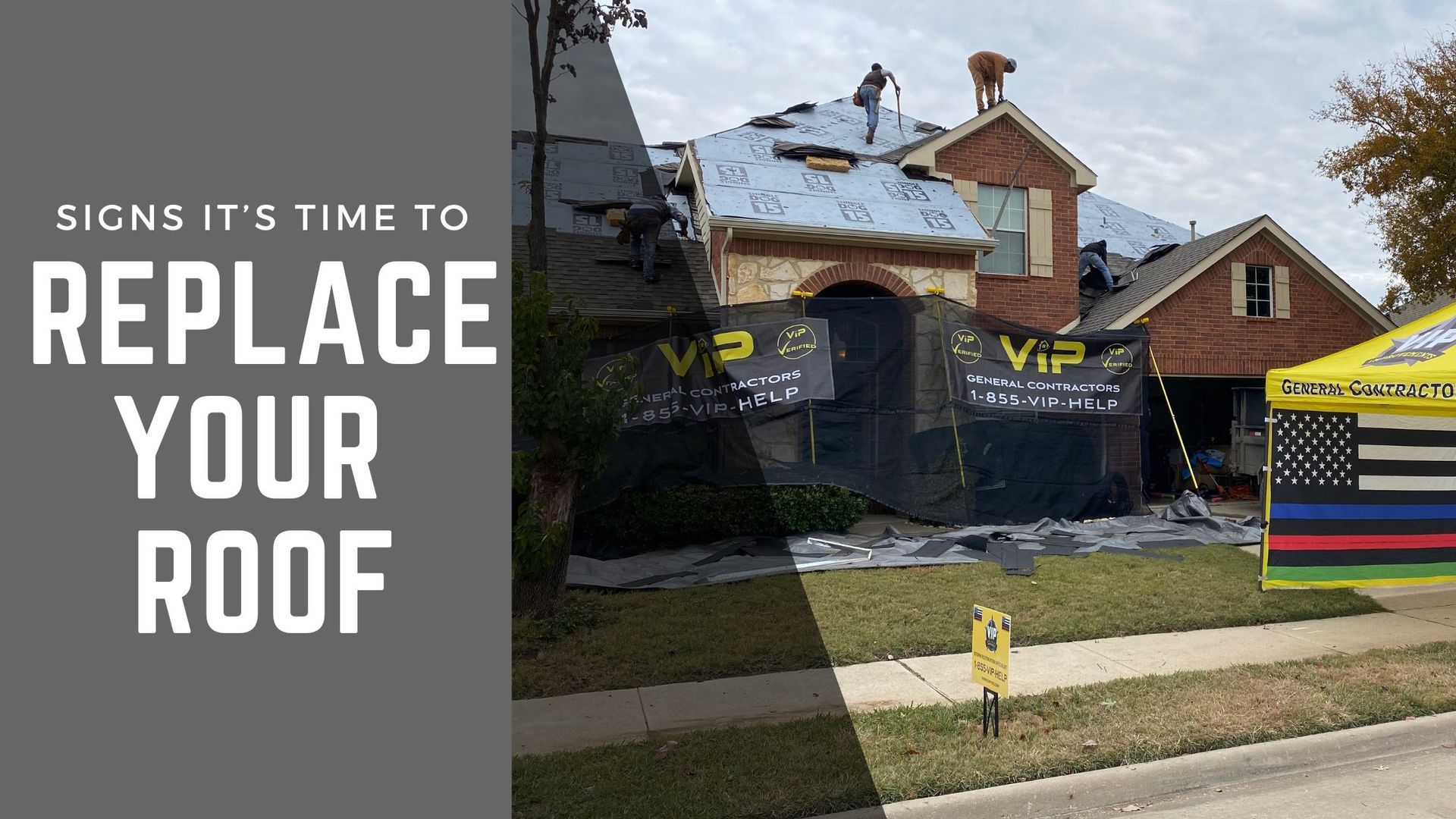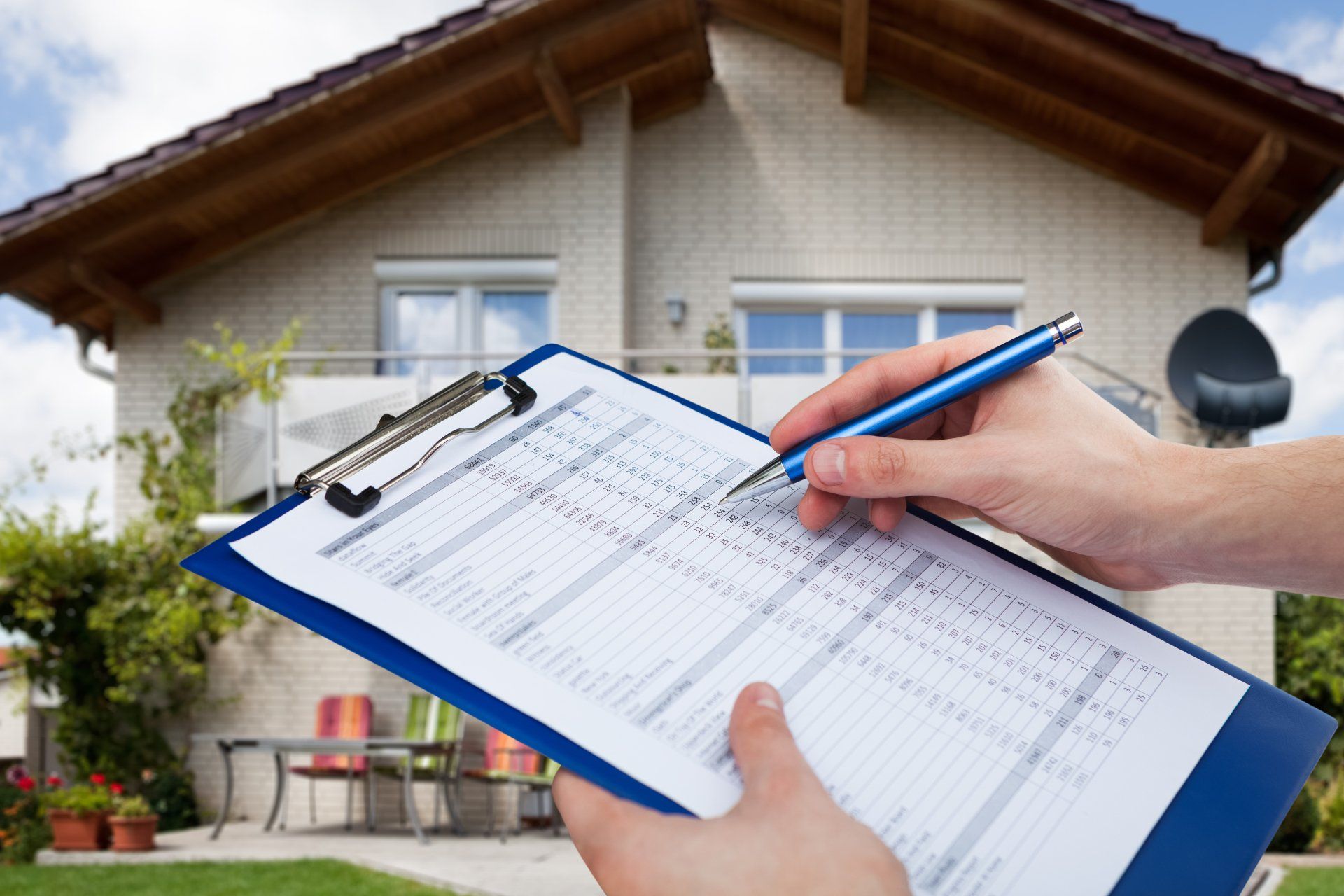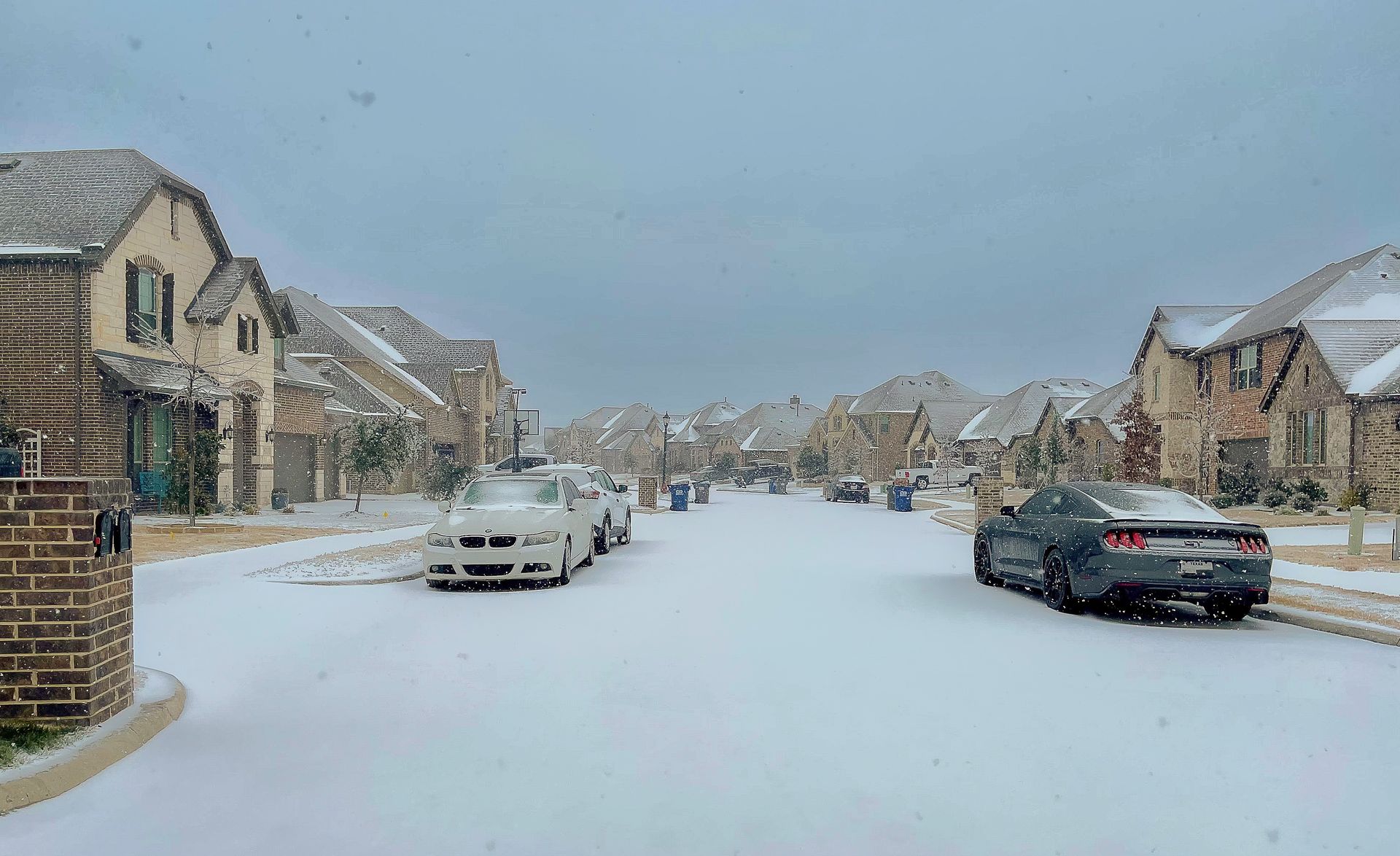Signs it's time to Replace Your Roof
Signs It's Time to Replace Your Roof: Don't Ignore the Red Flags

Your roof is one of the most critical components of your home, protecting it from the elements and providing shelter for your loved ones. Over time, however, roofs can deteriorate, and it's essential to recognize the signs that it's time for a replacement. In this blog post, we'll outline some key indicators that it may be time to invest in a new roof for your home.
1. Age of the Roof
The age of your roof is a crucial factor in determining whether it's time for a replacement. Most roofing materials have a finite lifespan. For instance, asphalt shingles typically last around 20-25 years, while metal roofs can last significantly longer. If your roof is approaching or has exceeded its expected lifespan, it's wise to consider a replacement.
2. Curling or Buckling Shingles
Inspect your roof for signs of curling, buckling, or blistering shingles. These issues can result from long-term exposure to heat and moisture, indicating that your roof is no longer effectively protecting your home. Damaged shingles can lead to leaks and should not be ignored.
3. Missing Shingles
Missing shingles are a clear sign that your roof is compromised. Whether due to strong winds, hail, or simply old age, missing shingles leave your home vulnerable to water damage. Promptly replace any missing shingles to prevent further issues.
4. Granules in the Gutter
Asphalt shingles typically shed granules over time as they age. If you notice a significant accumulation of granules in your gutters, it's a sign that your shingles are deteriorating and may need to be replaced. Granule loss can impact the roof's waterproofing and UV protection.
5. Leaks and Water Stains
Water stains on your ceilings or walls are clear indicators of roof leaks. If you notice water infiltration, it's essential to address the issue promptly, as prolonged leaks can lead to structural damage and mold growth. A professional inspection is crucial to identify the source of the leak and determine if a replacement is necessary.
6. Sagging Roof Deck
A sagging or uneven roof deck is a severe structural issue that requires immediate attention. It can be caused by various factors, such as trapped moisture, inadequate ventilation, or deteriorating roofing materials. A sagging roof is a strong indication that it's time for a replacement to ensure the safety and stability of your home.
7. High Energy Bills
A roof in poor condition can lead to increased energy costs. If your home feels less comfortable and your energy bills have spiked, it may be due to a poorly insulated or damaged roof. Investing in a new, energy-efficient roof can help you save on energy expenses in the long run.
8. Visible Mold or Algae Growth
Mold or algae growth on your roof is not only unsightly but also a sign of potential damage. It can lead to shingle deterioration and reduce your roof's longevity. A professional roof replacement can address this issue and help prevent future growth.
9. Hail or Storm Damage
Severe weather, such as hailstorms, can cause significant damage to your roof. If your area has experienced a recent storm, it's essential to have your roof inspected for potential damage. Even seemingly minor damage can lead to leaks and other issues if left untreated.
10. You're Planning to Sell Your Home
A well-maintained and visually appealing roof can significantly enhance your home's curb appeal and resale value. If you're planning to sell your home, investing in a new roof can be a wise decision to attract potential buyers and secure a higher selling price.
Recognizing these signs is crucial in maintaining the integrity and safety of your home. If you notice any of these indicators, it's time to consider a roof replacement. VIP General Contractors can provide a professional roof inspection and expert roofing services to ensure your home remains protected and beautiful. Don't delay—address these signs promptly to avoid costly damage and ensure your peace of mind.







